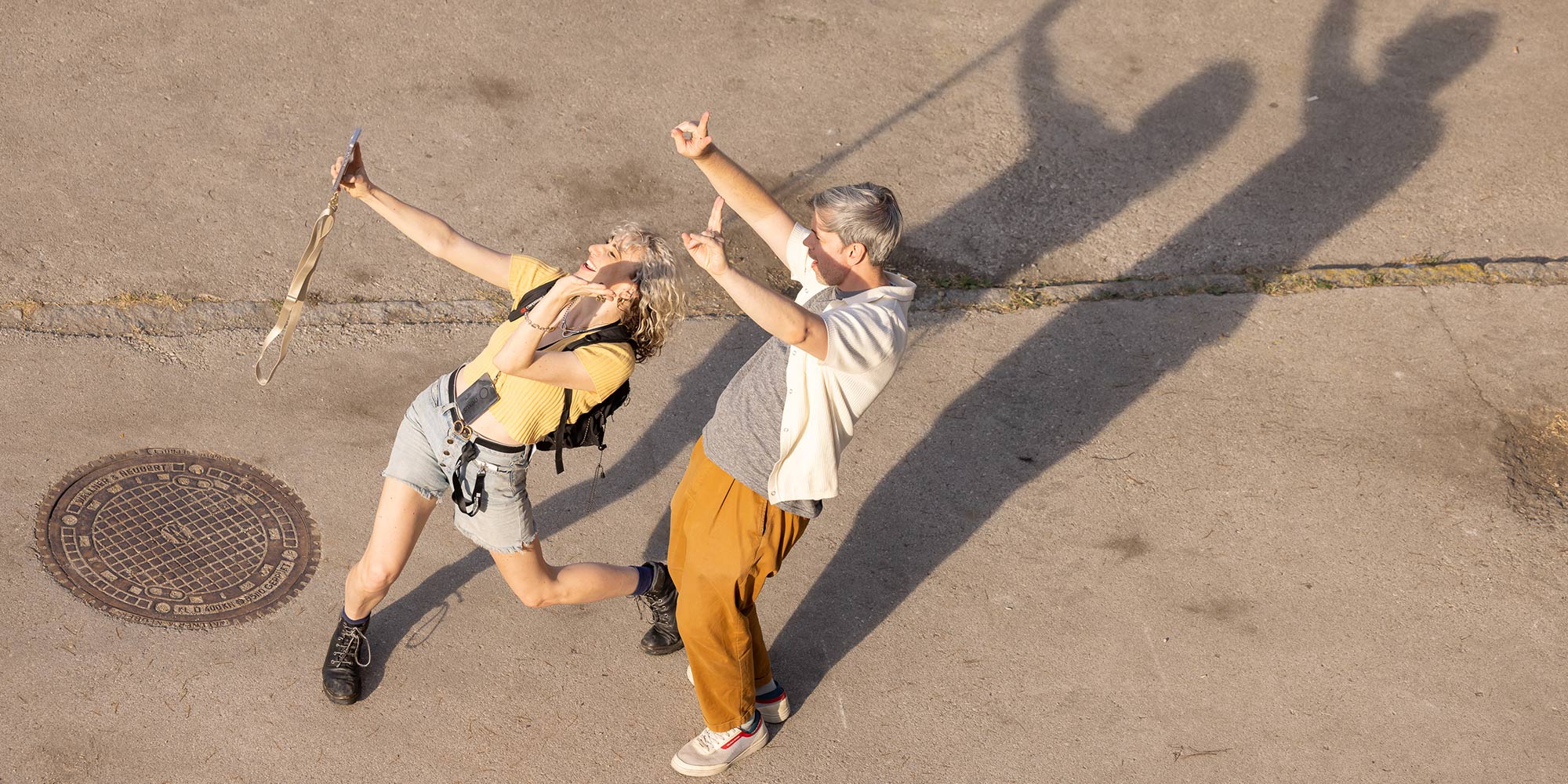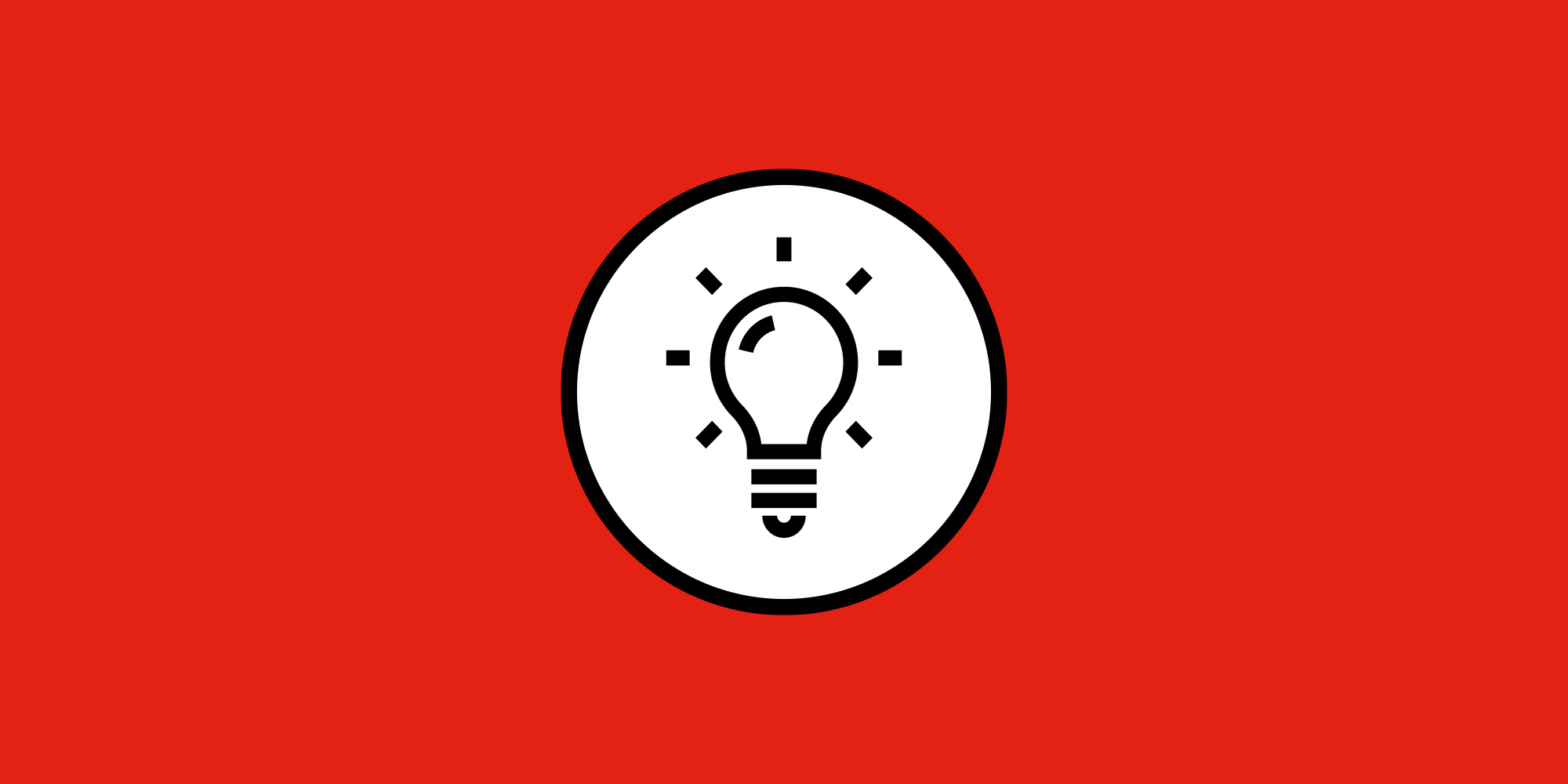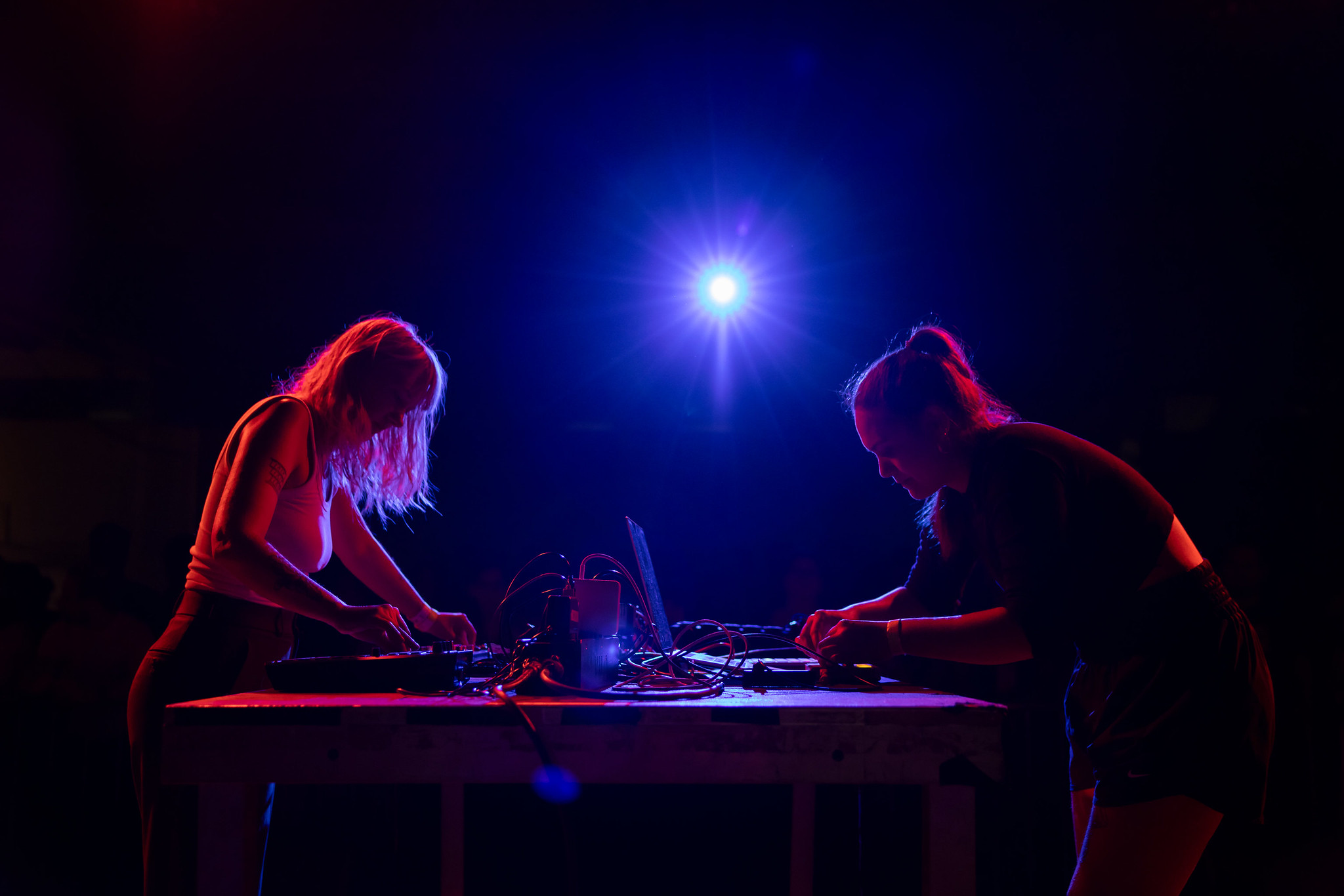From September 3 to 7, 2025, the Festival for Art, Technology and Society took place in Linz, Austria, and presented a diverse kaleidoscope of artistic perspectives – with exhibitions, concerts, performances, screenings, conferences and workshops at several venues.
Highlights

Requiem for an Exit / Frode Oldereid (NO), Thomas Kvam (NO), Photo: Thomas Kvam
Highlights
Exhibitions, performances, concerts, conferences, workshops, town halls and guided tours – an impressive program awaited you at the Ars Electronica Festival in 2025. Here are the highlights of 2025!
Festival for …
Festival for …
Our festival offers many ways to get involved, discover and be inspired. We would like to show you some of these approaches here – welcome!

Foto: vog.photo
Downloads
Here you can download the PDF files of the 2025 Ars Electronica Festival.

Focus Sessions
Discover the highlights of the Ars Electronica Festival through our Focus Sessions—guided experiences designed to offer deeper insight into selected projects from this year’s key exhibitions.
